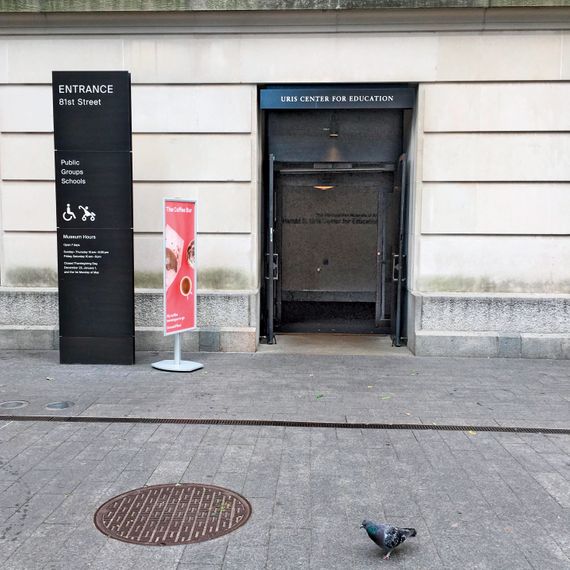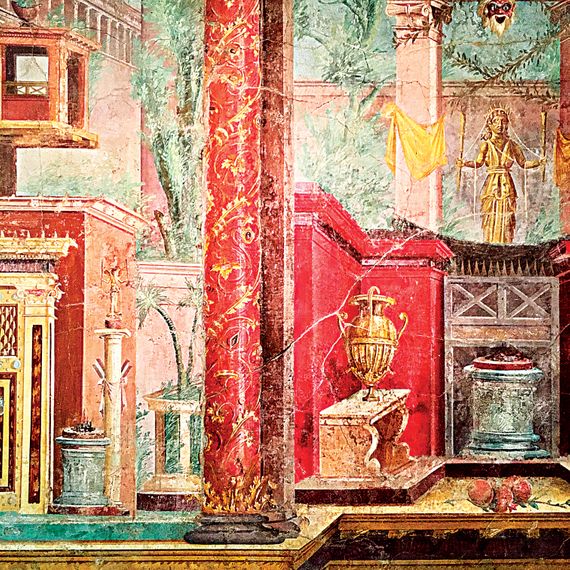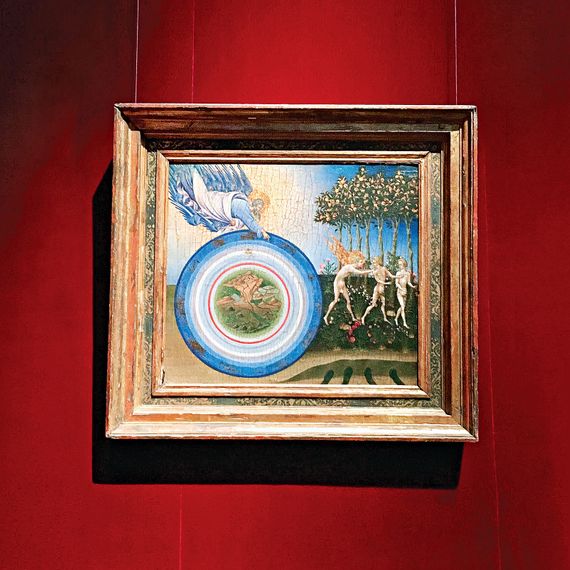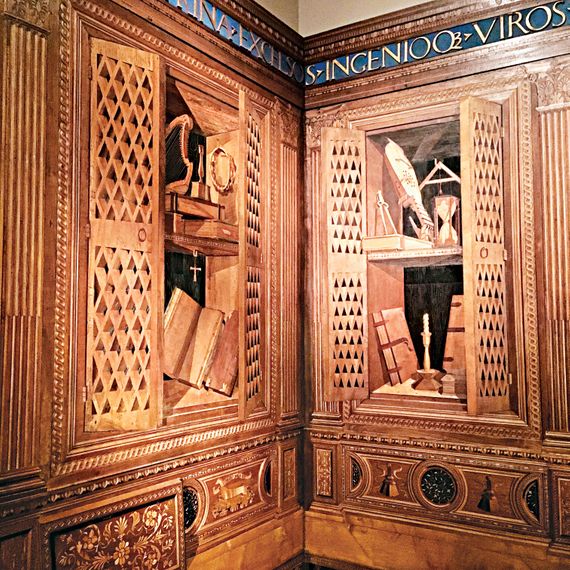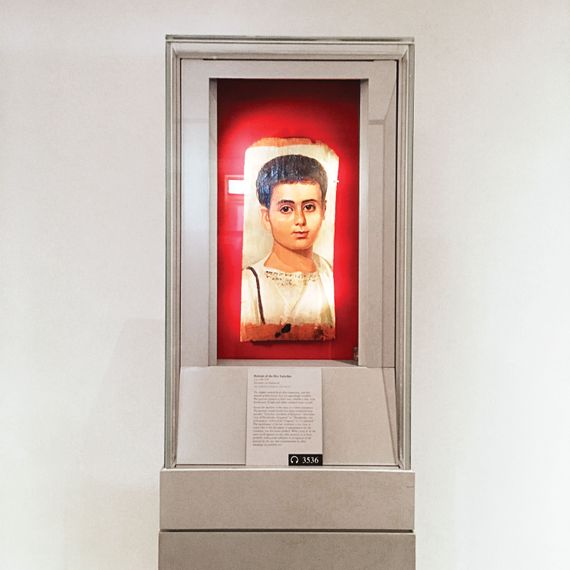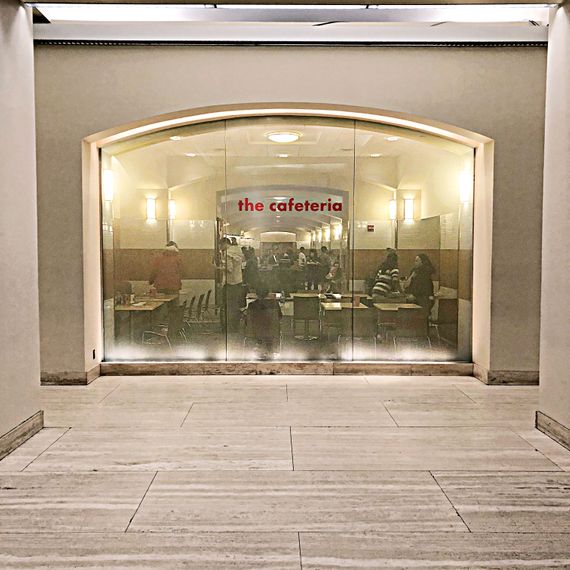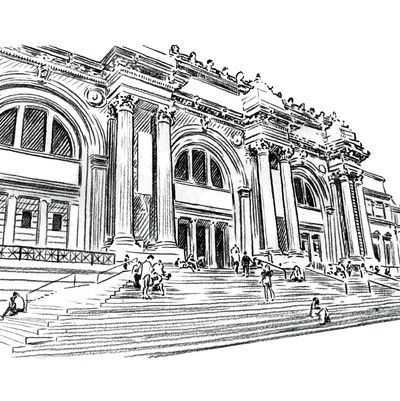
Getting in, Getting Going
Forgo the operatic Fifth Avenue at 82nd Street entrance. It’s grand, but it’ll cost you as much as a half-hour of antsy waiting. Use the 81st Street door one block to the south. Not only is there no wait for tickets, there are lots of empty restrooms.
Go to Rome (Gallery 165)
Just upstairs from this secret entrance is a revelation of painting, a room decorated with frescoes on all four sides. They date from 50 to 40 BCE and were found after being buried in the eruption of Mount Vesuvius in 79 CE.
See “Perhaps the Most Beautiful Painting in the Met” (Gallery 956)
If you’re hungry for old masters, visit perhaps the most beautiful painting in the Met. Giovanni di Paolo’s 1445 Creation of the World and the Expulsion From Paradise is a dazzling masterpiece of Italian Renaissance Sienese painting.
Drop By the Always-Deserted Gubbio Studiolo (Gallery 501)
For yet another type of jaw-dropper you may never have seen before, go into the consistently empty Gubbio Studiolo. This small walk-in room is entirely inlaid with wood. In perfect trompe l’oeil, see open cabinets, shelves, and musical instruments.
Have a Land of the Pharaohs Moment (Gallery 138)
Walk north through the lobby. The Egyptian galleries are always packed, so instead pay attention to this portrait of a young man, painted in Egypt around 100 CE. In the high level of realism and encaustic and paint on wood, you’re seeing the origin of oil painting.
Refuel at the Line-Free Underground Cafeteria
Steps away from this paradise of early painting is the large secret underground cafeteria my wife and I always use. Without waiting in lines and getting hypoglycemic-crabby, you can choose from a wide variety of foods, be served in no time, take any of over 100 tables, and eat — or nap — in peace.
Feel Small Among the Arts of Oceania (Galleries 354, 350)
The enormous galleries of Africa, Oceania, and the Americas are often sparsely populated. Make sure to see the huge carved wooden figures from Vanuatu. Then gawk at the so-called power object (boli) from Mali, a bull made of wood and sacrificial materials including animal blood.
Final Lap: A Bevy of Buddhas and Bodhisattvas (Gallery 208)
A roomy yet intimate gallery holds Chinese Buddha and bodhisattva figures. These sculptures, ranging over millennia and made of bronze, stone, colorful wood, and clay, not only illustrate China’s complicated adaptations of Indian religion but will leave you spiritually healed.
*This article appears in the November 12, 2018, issue of New York Magazine. Subscribe Now!


